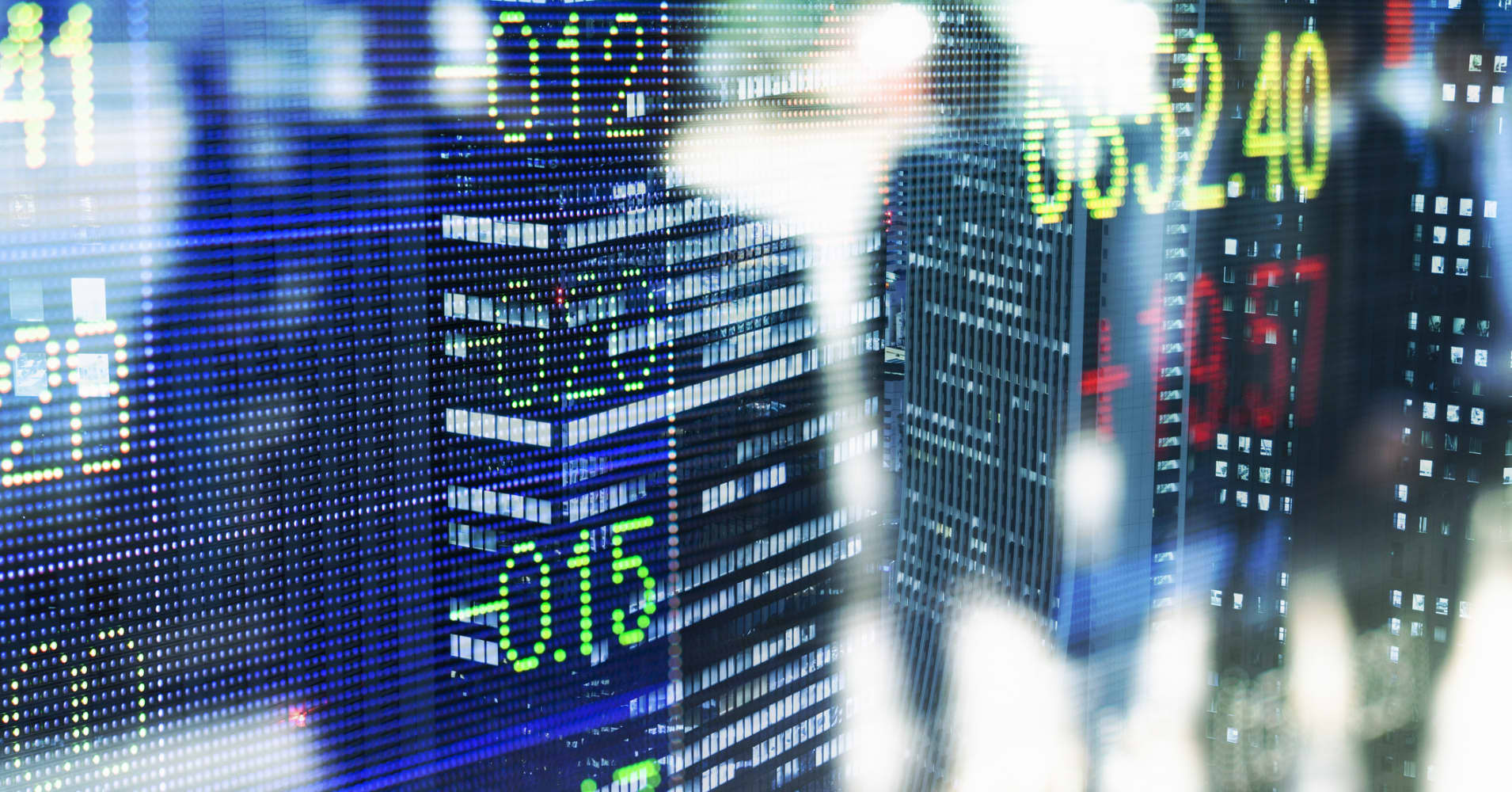
Moreover, there’s not a single strategist of the major Wall Street firms who thinks the market will finish 2019 lower than it started.
And even the Fed issues could fade from view. Current futures pricing anticipates zero rate hikes, and the central bank historically has been loathe to surprise the market, even though Fed officials currently project two increases before 2019 closes.
“With the last Fed decision of the year behind us and the market having gone through a dramatic pullback since, we believe that barring an appearance of a ‘black swan’ event, or the shock of a bolt from the blue, the worst of the declines experienced by stocks in 2018 are behind us,” John Stoltzfus, chief market strategist at Oppenheimer, said in a note.
Echoing the White House position, as expressed through Treasury Secretary Steven Mnuchin, Stoltzfus blamed programmed trading and “technical factors” rather than “a deterioration in economic and corporate fundamentals” as the reason for the fourth-quarter selling.
In the big picture, Stoltzfus expects the S&P 500 to end 2019 at 2,960. The good news is that represents a 19 percent jump from Friday’s close. The bad news is it’s a hair below the year-end 3,000 target he had for the large-cap index at the start of 2018.
“We believe investors should view this as an opportunity to gain equity exposure at attractive valuations to market segments that appear oversold,” he said.
Indeed, investors can take some solace in that the year ended with a mild Santa Claus rally on Wall Street, albeit under volatile conditions.
The gains bought the major averages up more than 6 percent piece following the disastrous Christmas Eve dive. However, Stoltzfus, like many of his Wall Street colleagues, believes the market in 2019 will endure some more pain and volatility before finally straightening out and climbing higher.
Be the first to comment